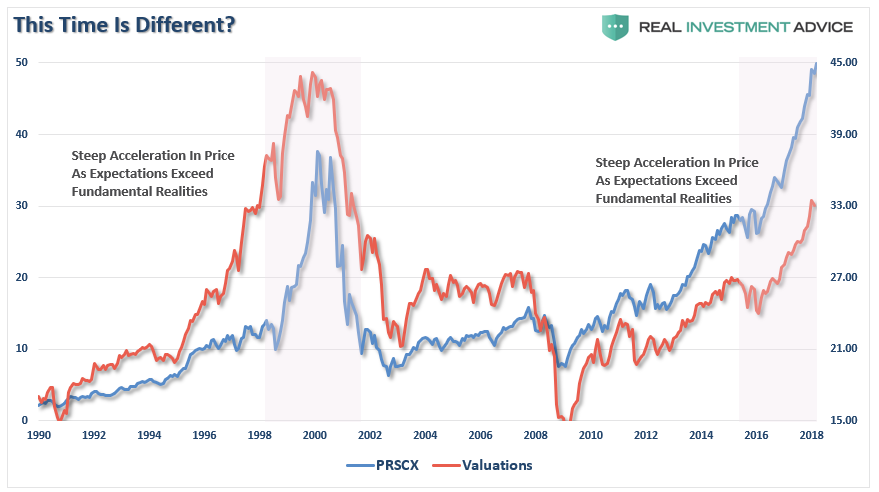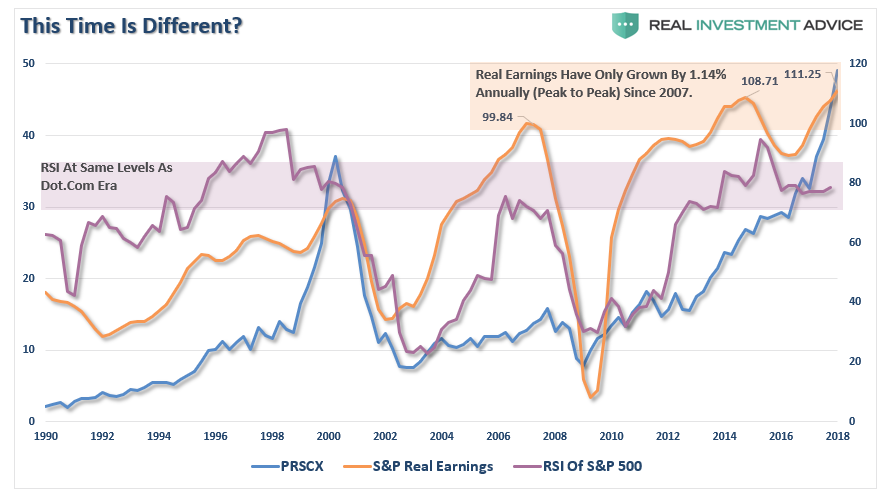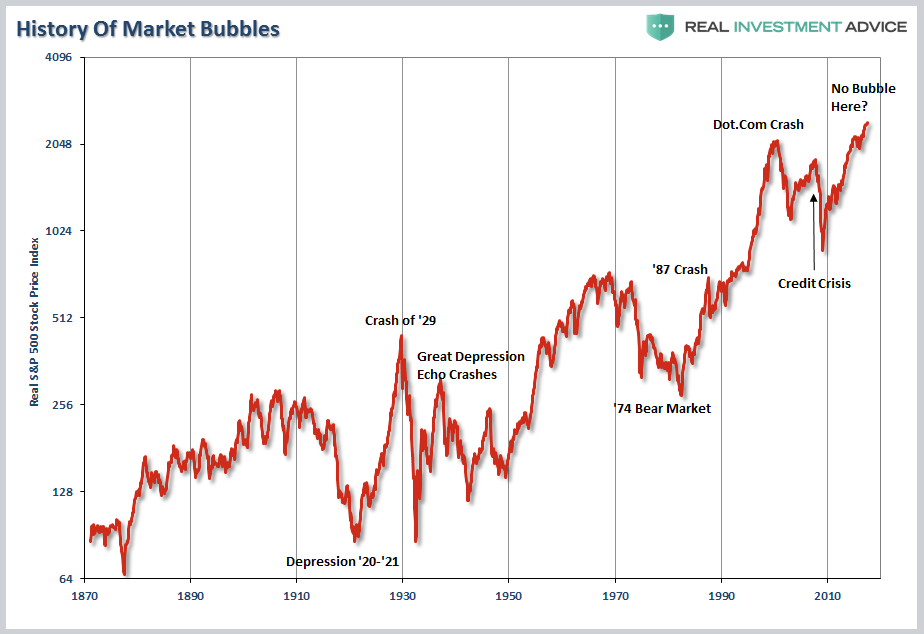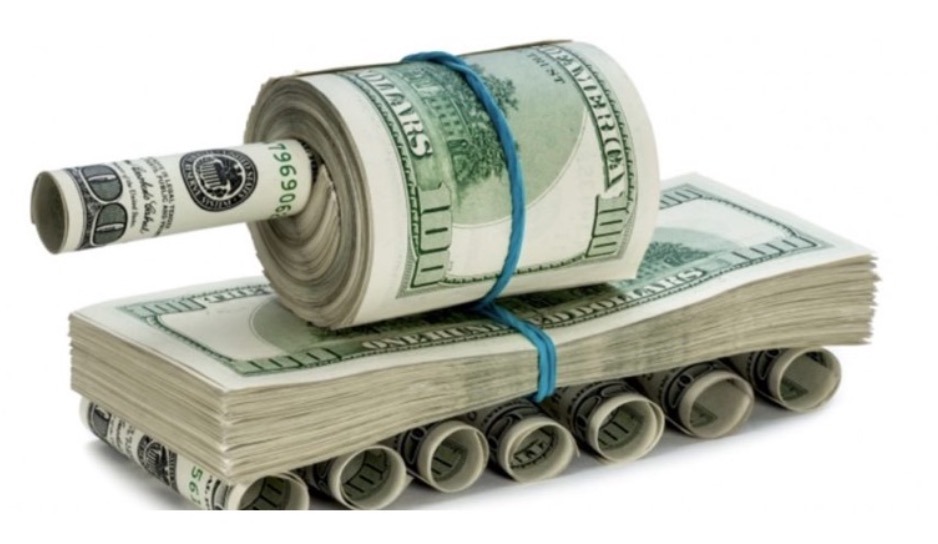Several months ago, we picked up on a story circulating in the Arabic-language press that one of the dozens of Saudi Arabian elites who had been rounded up during Mohammad bin Salman’s corruption crackdown had been beaten to death by mercenaries at the Riyadh Ritz Carlton.
Here’s an excerpt from that story, translated to English by Middle East Eye:
Major general Ali Alqahtani, who was detained in early November as part of an alleged anti-corruption drive, had been working in the royal guard forces.
He was the manager of the private office of Prince Turki Bin Abdullah, the son of former king Abdullah Bin Abdulaziz, according to the newspaper.
Alqahtani died on 12 December after being tortured with electric shocks, and his family struggled to recognise him after receiving his body, according to sources, the newspaper reported.
About a month before reports of Al Qahtani’s death, the New York Times’ Tom Friedman was being mercilessly mocked for a bizarre puff piece portraying bin Salman as a brilliant and liberal modernizing reformer.
Well, it appears that – when it comes to coverage of Saudi Arabia, at least – Grey Lady has learned from its mistakes. Because today, it published a scathing expose about the abuses endured by the detainees, a group that included many members of the Saudi royal family. In its report, the Times revealed that at least 17 detainees were hospitalized for physical injuries during captivity, and that one detainee later died from his wounds.
During months of captivity, many were subject to coercion and physical abuse, witnesses said. In the early days of the crackdown, at least 17 detainees were hospitalized for physical abuse and one later died in custody with a neck that appeared twisted, a badly swollen body and other signs of abuse, according to a person who saw the body.
Most of the captives were released last month. But even though they’ve regained their freedom, many of the country’s wealthiest businessmen now live in fear of being arrested in one of MbS’s shakedowns.
Businessmen once considered giants of the Saudi economy now wear ankle bracelets that track their movements. Princes who led military forces and appeared in glossy magazines are monitored by guards they do not command. Families who flew on private jets cannot gain access to their bank accounts. Even wives and children have been forbidden to travel.
In November, the Saudi government locked up hundreds of influential businessmen — many of them members of the royal family — in the Riyadh Ritz-Carlton in what it called an anti-corruption campaign.
Most have since been released but they are hardly free. Instead, this large sector of Saudi Arabia’s movers and shakers are living in fear and uncertainty.
…
To leave the Ritz, many of the detainees not only surrendered huge sums of money, but also signed over to the government control of precious real estate and shares of their companies — all outside any clear legal process.
The government has yet to actually seize many of the assets, leaving the former detainees and their families in limbo.
One former detainee, forced to wear a tracking device, has sunk into depression as his business collapses. “We signed away everything,” a relative of his said. “Even the house I am in, I am not sure if it is still mine.”
As MbS prepares to embark on his second visit to the US since inauguration day, his backers are emphasizing the liberalizing reforms that he’s enacted: Allowing women to drive, liberalizing entertainment and his ambitious “Vision 2030” initiative to diversify the Saudi economy away from its energy dependence, which has left it vulnerable to painful economic shocks when the price of oil is low.
Mohammad bin Salman
As the Times does – correctly – point out that many of the members of the royal family who were prosecuted had probably stolen from the state, since corruption is famously endemic in Saudi Arabia. But it’s unclear, says the Times, how much of the process was motivated not by an urge for justice, but by personal score-setting.
A long-running family feud appears to have played into it somewhat, as MbS presses the children of King Abdullah, the monarch who died in 2015, to return billions of dollars that they believe to be their inheritance.
Though the Saudi government had promised to improve transparency, the crackdown has mostly been conducted in secret, with transactions carried out in ways that avoid public disclosure, and with travel bans and fear of reprisals preventing detainees from speaking freely. And unsurprisingly, a representative for the Saudi attorney general said the detentions were carried out with respect for the law:
The government said in its email that “the investigations, led by the Attorney General, were conducted in full accordance to Saudi laws. All those under investigation had full access to legal counsel in addition to medical care to address pre-existing, chronic conditions.”
…
They have argued, however, that it was a necessarily harsh means of returning ill-gotten gains to the treasury while sending a clear message that the old, corrupt ways of doing business are over. And they have defended the process as a kind of Saudi-style plea bargain in which settlements were reached to avoid the time and economic disruption of a drawn-out legal process.
…
“At the start of the crackdown they promised transparency, but they did not deliver it,” said Robert Jordan, who served as American ambassador to Saudi Arabia under President George W. Bush. “Without any kind of transparency or rule of law, it makes investors nervous that their investments might be taken and that their Saudi partners might be detained without any rationale to the charges.”
As of now, nobody outside of the royal family can say for sure of the dollar value of the assets expropriated by the Saudi state. But reports have put the figure at $100 billion. Though, as the Times notes, it’s unclear whether the State has moved to repossess real estate and other assets that were supposedly handed over as part of individuals’ settlements.
Times reporters spoke to dozens of people familiar with how the crackdown unfolded, and they managed to provide the most detailed glimpse yet into exactly what happened inside the walls of the world’s most luxe prison.
It began its story with an anecdote about the arrest of Prince Alwaleed bin Talal, one of the most recognizable Saudi businessmen. Bin Talal was reportedly forced to pay a $6 billion “freedom fee” or face weeks of unrelenting torture. However, associates of the prince have said they don’t know the full extent of the penalties he was forced to pay. Because of this, he has been removed from the Forbes list of the world’s richest individuals, along with nine other Saudis who were captured during the crackdown:
After being lured to Riyadh, more than 200 members of the Saudi elite were locked in the Ritz Carlton in rooms where glass shower doors and curtain rods had been removed to prevent suicide attempts.
Before dawn on Nov. 4, Prince Alwaleed bin Talal, the kingdom’s most famous investor and one of the world’s richest men, was asleep at a desert camp where he repairs to relish the simple life when he was summoned by the royal court to see King Salman, according to two associates of his family. It was a strange request for that hour, but one does not ignore the king’s wishes, so he returned to Riyadh, where his guards were dismissed, his phones taken from him and he was locked in the Ritz.
Over the next 24 hours, similar calls lured in more than 200 people, including some of the kingdom’s wealthiest and most powerful men. They included Prince Mutaib bin Abdullah, a son of King Abdullah and head of one of the country’s three main security services; Fawaz Alhokair, who owned the kingdom’s franchises of Zara, the Gap and dozens of other stores; Salah Kamel, an elderly businessman from the Red Sea port city of Jidda; and many other princes, businessmen and former government officials.
Most ended up in the Ritz, in rooms whose glass shower doors and curtain rods had been removed to prevent suicide attempts. They could watch television and order room service, but had no internet or phones.
Outside, their relatives panicked, and managers of their far-flung businesses drew up contingency plans to keep operations running, unsure of how long their bosses would be gone.
Eventually, the detainees were allowed to reassure their families through short, monitored calls.
Reports of abuse have begun to leak out as relatives of the detainees told the Times that their loved ones were deprived of sleep, beaten and interrogated with their heads covered.
Relatives of some of the detainees said they were deprived of sleep, roughed up and interrogated with their heads covered while the government pressured them to sign over large assets.
Evidence of such abuse has been slow to emerge, but officials from two Western governments said they deemed the reports credible.
One case involved a Saudi military officer who died in custody. One person who saw the corpse of the officer, Maj. Gen. Ali al-Qahtani, said that his neck was twisted unnaturally as though it had been broken, and that his body was badly bruised and distended. His skin showed other signs of physical abuse, the person said.
A doctor and two other people briefed on the condition of the body said that it had burn marks that appeared to be from electric shocks.
The Times also included a detailed account of the circumstances surrounding the death of Al Qahtani’s
General Qahtani, an officer in the Saudi National Guard who was believed to be about 60, was not wealthy himself, so his value as a major anti-corruption target is questionable. But he was a top aide to Prince Turki bin Abdullah, a son of the late King Abdullah and a former governor of Riyadh, and the interrogators may have been pressing the general for information about his boss, Prince Turki. The members of King Abdullah’s family are seen as rivals of Crown Prince Mohammed and his father, King Salman.
In November, General Qahtani was taken to an elite hospital near the hotel for radiological scans and other treatment, where he showed signs of having been beaten, according to a doctor briefed on his condition.
He was returned to the hotel for further interrogation, and later pronounced dead at a military hospital.
The kingdom has never publicly provided an explanation of the general’s death.
Members of Qatani’s family have been afraid to speak about his death since word got back to MbS that one of the late King Abdullah’s sons had complained about Qatani’s death.
Members of the Qahtani and Abdullah families have been afraid to discuss the general’s death publicly for fear of further retribution, several people who have spoken to them said.
Another of the late king’s sons, Prince Mishaal bin Abdullah, complained about General Qahtani’s treatment to a circle of friends, and immediately afterward Prince Mishaal, too, was arrested and locked in the Ritz.
In another galling revelation, the Times revealed that several Western firms were complicit in the government’s expropriation of companies and assets owned by the detainees. Both PwC and British law firm Clifford Chance helped transfer the ownership of MBC, the world’s largest private media company, to the Saudi state.
Crown Prince Mohammed first expressed interest in buying the Arab world’s largest private media company, MBC, in 2015, according to three associates of the company’s leadership. Although not considered highly profitable, MBC owns a range of satellite television stations beaming shows like “The Voice” and “Arabs Got Talent” into millions of homes, and the company has tremendous power to sway Arab public opinion.
Negotiations over the sale had bogged down when a team from the international accounting firm PWC arrived to vet the company’s books in October.
The company’s owners and most of its board were arrested and detained on Nov. 4. Four days later, PWC’s accountants visited the company’s headquarters in Dubai to finish their report, according to two professionals with knowledge of the meeting.
Then a second foreign firm, the British law firm Clifford Chance, drew up the paperwork to transfer the company’s ownership, according to three professionals with knowledge of the deal.
Last night, reports emerged that the Saudi government wouldn’t be ready to hold a public offering for a 5% stake in state-owned Aramco until 2019. But given the disturbing revelations published by the time, investors are growing increasingly wary of investing in a company controlled by the Saudi state…
…Which would suggest that a private sale to the Chinese government, which has a proven track record of ignoring human rights abuses, is looking increasingly likely.
via RSS http://ift.tt/2p9xK0m Tyler Durden





 “It is, I promise, worse than you think,” David Wallace-Wells
“It is, I promise, worse than you think,” David Wallace-Wells  A jury acquitted former Yale student Saifullah Khan last week of committing rape on Halloween night in 2015. If you read
A jury acquitted former Yale student Saifullah Khan last week of committing rape on Halloween night in 2015. If you read 








 The flipside of
The flipside of